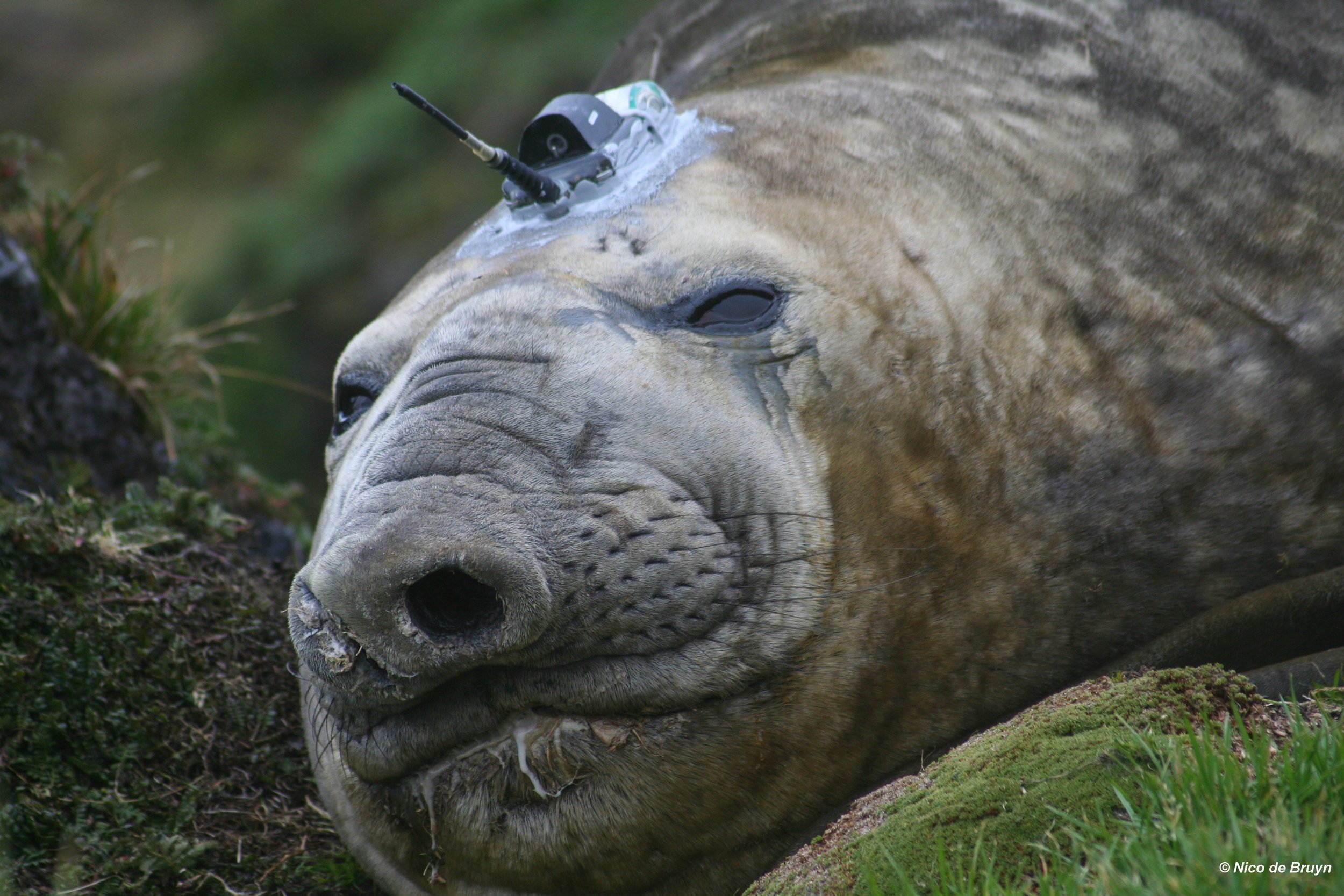News just in! An amazing geospatial database for the sub-Antarctic Prince Edward Islands is now freely available.
/Figure 2 from Rudolph et al 2022: The datasets created from the (A) digital surface model (DSM), using Marion Island’s datasets as an example. (B) A slope raster and contour lines, (C) an aspect raster and (D) hydrological features such as drainage lines and lakes. The hillshade raster has (E) minor artefacts caused by interference in reflectance data by either cloud cover, scoria or snow. (F) Regions on Marion Island where artefacts in the DSM will affect the accuracy of derived geospatial data.
In exciting news, researchers working on data from sub-Antarctic Marion Island and Prince Edward Island have produced and published a detailed topographical and hydrological geospatial database – produced from a 1 m x 1 m digital surface model of the Prince Edward Islands.
The Prince Edward Islands are considered sentinels for terrestrial and marine research in the southern Indian Ocean. Their location, just north of the present-day Antarctic Polar Front, combined with the hyper-maritime climate, creates the perfect opportunity to study the ecosystem responses to climate change.
Prior to this publication fine-scale, high resolution geospatial data for both multi-and transdisciplinary research was missing. This resource will be a crucial component in allowing researchers to better analyse fine-scale biotic–abiotic interactions of the Islands’ landscape and
ecosystems especially within the context of climate change and the impacts of invasive species.
Lead author Liezel Rudolph expressed the value of such a research resource saying, “… it will facilitate collaborations between scientists in the abiotic and biotic fields, and, as it’s freely available, it invites young scientists, school teachers and the general public to use the data for their own education or interests!”
Not only will this resource benefit scientific endeavours it will additionally aid in education and conservation efforts particularly looking forward to the planned mouse eradication programme on Marion Island which will require detailed and precise geospatial data to support the planning of the world’s largest mouse eradication programme from an island (if successful).
FIGURE 4 from Rudolph et al 2022: A preview of the map indicating names and codes of beaches and zones used in marine mammal monitoring research programmes (MIMMP research) at Marion Island.
The database contains vector files, raster data sets, and maps of topographical and hydrological parameters, which are freely available to download from Figshare, which is an open access data repository. Included within this are maps indicating names and codes of beaches and zones used in the MIMMP’s mammal monitoring research programmes on Marion Island with detailed descriptions and coordinates to provide for cross-referencing with our very own database (figure above).
With such a vast data resource now freely available, the authors encourage the South African polar science community to share data on similar platforms to improve the research resources available.
The full suite of data can be downloaded HERE.
Citation
Rudolph EM, Hedding DW, De Bruyn PJN, Nel W. An open access geospatial database for the sub-Antarctic Prince Edward Islands. S AfrJ Sci. 2022;118(9/10), Art. #12302. https://doi.org/10.17159/sajs.2022/12302



















